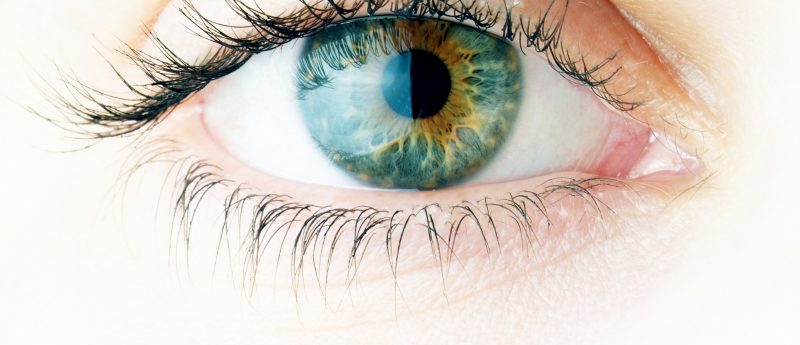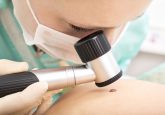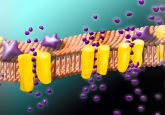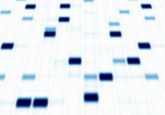New technology could make dry eye diagnosis simpler, and more affordable

An optical biosensor has been developed by researchers from Universidad Politécnica de Madrid (UPM) (Madrid, Spain), which allows for the easy, fast and affordable in vitro detection of biological material. The findings could be applied to the diagnosis of dry eye diseases.
There is increasing demand for the accurate diagnosis of eye diseases, which led the group from UPM to develop a point-of-care optical reading device. The patented technology provides a fast and affordable method for the in vitro detection of very small concentrations of biological material.
Initial trials indicate the method to be effective for diagnosing dry eye disease from a patient’s tears.
Early detection of dry eye syndrome is crucial to prevent symptoms which can lead to loss of vision. The UPM research team were able to utilize a change in protein levels found in tears as a biomarker for diagnosis.
This technology can also detect lower concentrations of biological material in vitro, such as bacteria and proteins, in the same manner as professional laboratories.
In comparison with traditional devices, this new method has the advantage of being portable and so can be used in a medical centre. It is also simple to use, meaning the test can be carried out by non-qualified personnel. In addition, the device is label free so does not require amplification of the response, saving costs.
This point-of-care device uses a read-out method based on a change in the optical properties of a sensor when biological material is detected. Simply monitoring the spectral response of the reflected light can therefore be used to determine the amount of biological molecules in a sample.
When analysing the tears of patients a major problem is the low volume of the sample, which can make manipulation and examination difficult. This issue has been solved by the researchers with a sensor surface, in which antibodies related to the target proteins are embedded and immobilised allowing samples with a volume of a microlitre to be tested.
Other problems when analysing tears include the interference of components such as proteins and salts. To resolve this, a specific selection of antibodies have been made and a protein specific to dry eye disease, matrix metallopsidase 9, is the only component detected.
Beatriz Santamaría (UPM), lead author, commented: “This technology is very versatile and could be also used for other diagnoses with other samples such as blood, urea and saliva and not only in the medical field but in other fields such as agriculture or food industry.”
Source: Santamaria B, Laguna MF, López-Romero D et al. Development towards Compact Nitrocellulose-Based Interferometric Biochips for Dry Eye MMP9 Label-Free In-Situ Diagnosis. Sensors 17(5) 1158 (2017); https://phys.org/news/2017-11-easy-to-use-technology-eye-diagnosis.html#jCp






